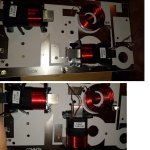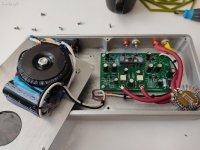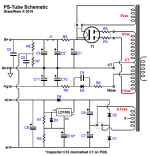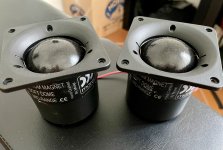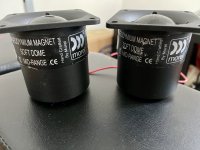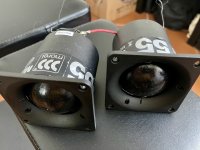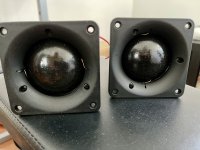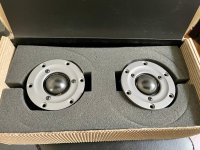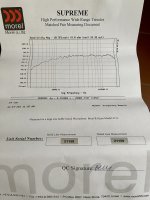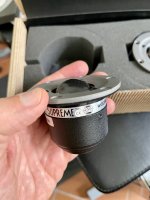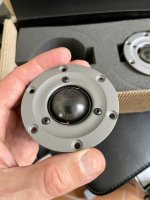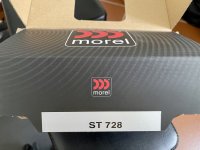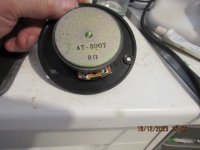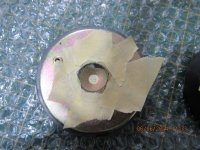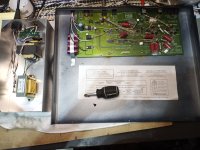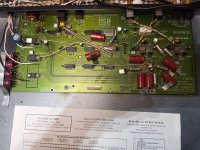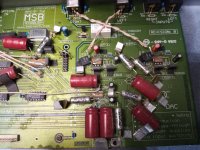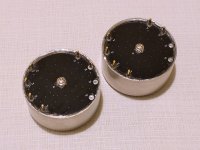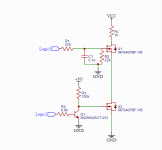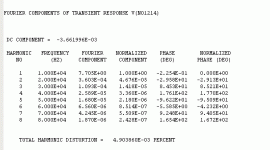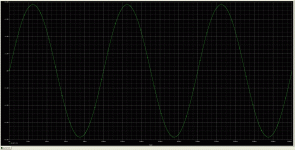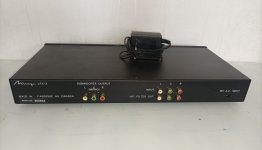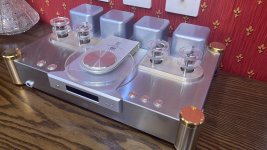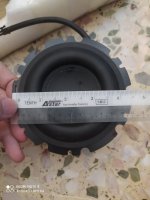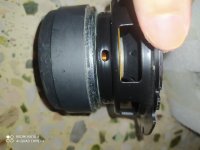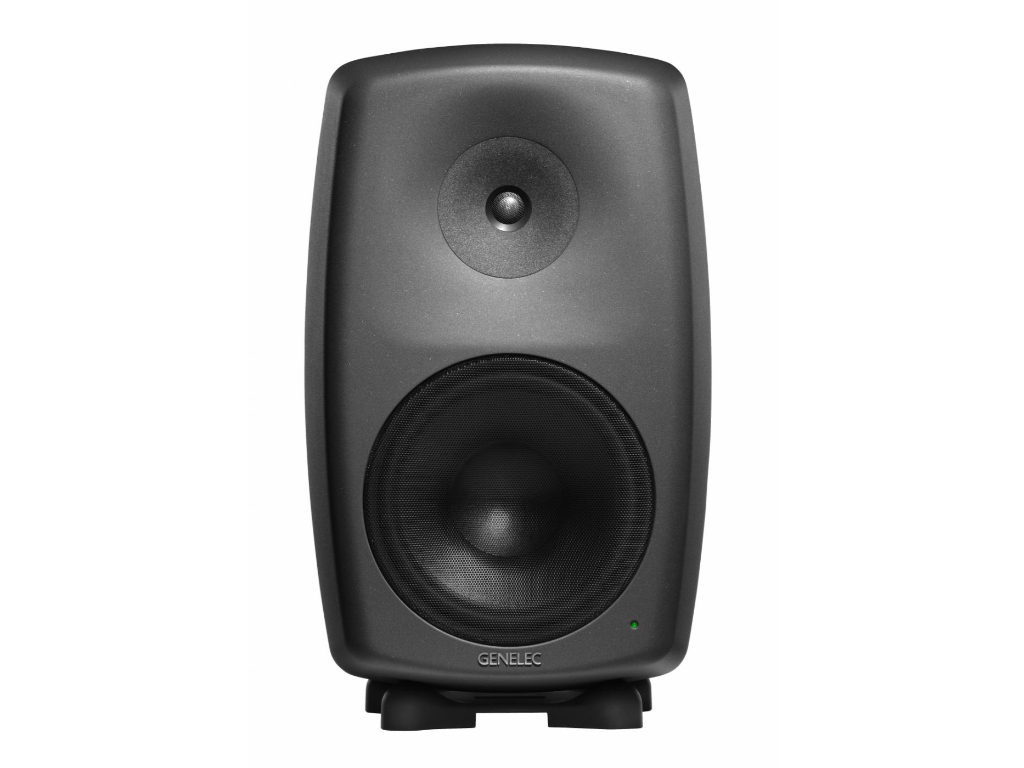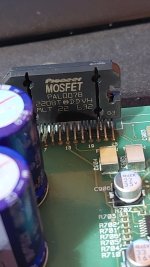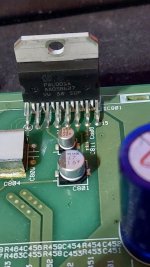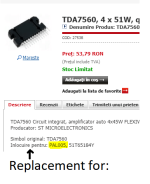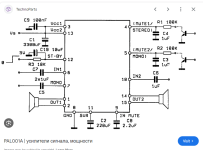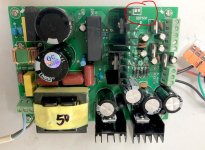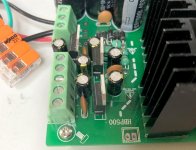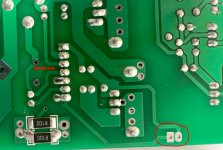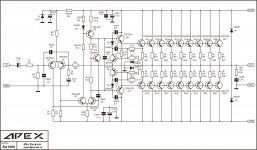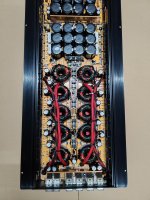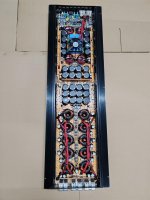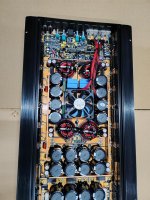Ever since getting my old (old as in manufactured in the 70's) Quad ESLs (the '57) to work properly, which involved augmenting them with a pair of really good super tweeters, a pair of very fast subwoofers, and a pair of OTL (OCL actually) power amps, I realized that electrostatics are what I really enjoy. I also listened to big Sound Labs on several occasions and reckoned that true full range electrostatics would and should be the next step. However new big Sound Labs are outside of my budget and used ones are next to impossible to find where I live. Even if I luck on a used pair, chances are they would need a full restoration, which is a really tough task.
In late 2020 I found ER Audio whilst looking for Quad ESL restoration materials. After some email exchanges with Rob (Rob Mackinlay, owner of ER Audio) and ordering a repair kit for the Quads, I noticed that the Acorn, ER Audio's ESL speaker kit, was now in its Mk II incarnation. Reading through the technical descriptions of the Acorn, I found many design elements that I liked. The Acorn is a three-way (4-way actually, because it has a super tweeter on the tweeter diaphragm, crossed over with surface mount components on the panel) design with separate bass and mid/treble panels, much like the '57, whereas the ESL IV, another ESL kit of ER Audio's, is similar to the ESL63 in that the whole speaker plays full range, with the signal going through some low-pass filters towards the upper and lower ends. Personally I've always preferred what I heard from the '57 than the '63.
So ordering a repair kit for the '57 ended up leading to my purchase of an Acorn Mk II kit with pre-built panels. On one hand I felt really happy because a pair of true full range electrostatics is something I've dreamt about for years; On the other hand I was secretly doubting if it was too good to be true, especially considering the price even as a kit.
My '57s were sounding nicer and nicer as I modified the OTL amps driving them (a pair of Merz Type T with 6336 output tubes) and I got really busy at work, as a result the Acorn project was put off for two years. In the beginning of this year I happened on
a thread on an Aussie forum about the Acorn Mk II, and the author is none other than Gary Jacobson, owner/creator of quadesl.org! It so happened that at the same time my '57s started to develop issues again--Time to start working on the Acorn!
The Acorn is a kit sans the frames and bases, which the user will have to build themselves. So what I plan to share in this thread is mainly the design and build plan of my frame/base for the Acorn and also updates as I implement changes (will take a few posts, perhaps over a couple months, due to lack of spare time on my part--my apology first), in the hope that it would be of some help to anyone interested in building the Acorn. If you're interested in reliable assessment of the Acorn's sonic performance, Mr. Jacobson described its sonic traits very clearly in the aforementioned thread, which I highly recommend checking out.
First some pictures.
Acorn Mk II in my listening/living room (back damping is still being experimented and not in place yet):
The transformers and PCB sitting on the acrylic base behind the panels:
Front of the (upper) panels. This is the left channel and the bass panel is on the left side.

